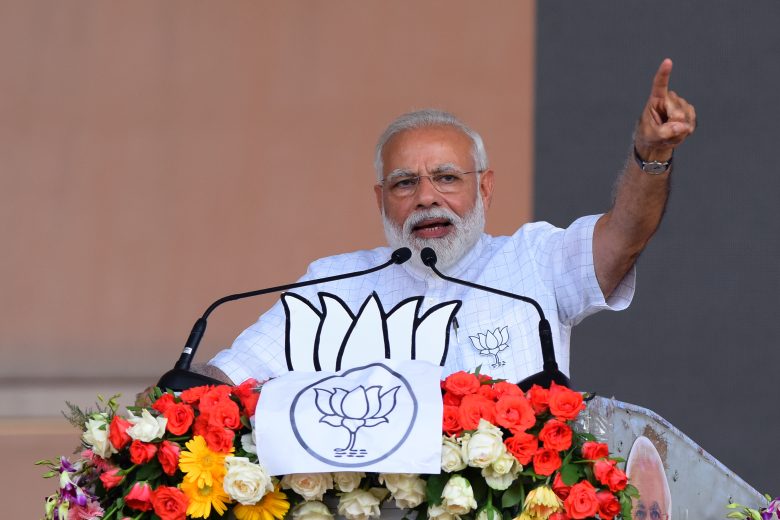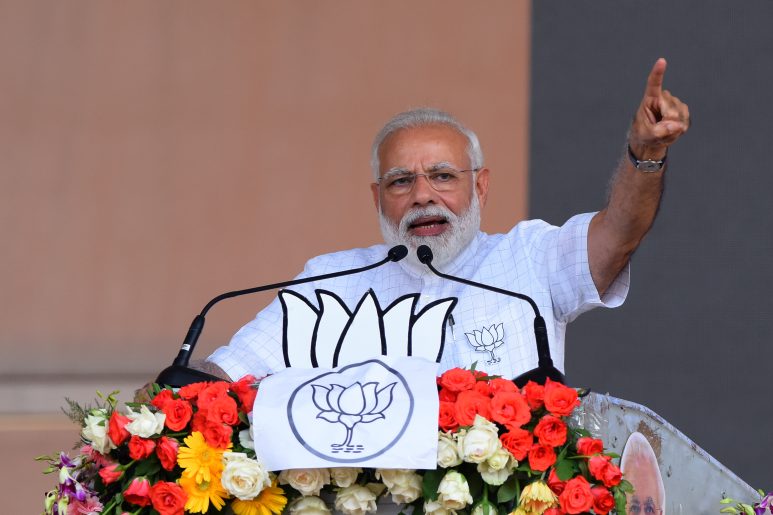By Imran Khan, freelance journalist
During India´s 2024 parliamentary elections, numerous videos with in-depth analysis appeared across mainstream media channels and YouTube. Many content creators and journalists are turning to YouTube to unveil stories disregarded by mainstream Indian media, and to counter the country’s decline in media freedom.
Critics say the media industry has become “increasingly subservient to Modi’s government”. Kunal Majumder from the Committee to Protect Journalists (CPJ) in India told CNN : “There has been a sharp deterioration in the status of media over the last ten years.”

Despite India’s rich and diverse media landscape with more than 20,000 daily newspapers and over 450 privately owned channels in multiple languages, recent studies show that more Indians today trust news from YouTube than mainstream media.
Opportunities and challenges
While YouTube provides a space for well-established journalists to continue doing their job freely, it is also a major conduit for misinformation and propaganda.
Manisha Pande, the executive editor of Newslaundry, a Delhi-based news and media critique organisation, stated during an interview with Al Jazeera that: “Fake news and hate speech are a huge problem on YouTube,” adding, “You have people pretending to be journalists and they do insane amount of damage. They would visit Muslim areas and report that the people living there are not Indian, they are illegal refugees, they are from Bangladesh. What we have seen is that YouTube or any other social media company are very slow at pulling down these videos, as they often are already viral before any final action is taken”, Manisha said.
A report by the research organisations Access Now and Global Witness, found 48 ads that were filled with misinformation, attacked India’s elections, or obstructed the country’s voters, yet were approved by YouTube despite clearly violating its policies surrounding election misinformation.
The investigation for the report titled ‘Votes will not be counted: Indian election disinformation ads and YouTube,’ involved ads that were sent in three languages – English, Hindi and Telegu. All the ads contained false information related to the 2024 elections.
Media as a weapon
Ravish Kumar, the former host of a prime-time Hindi news show and a household name across India, resigned from NDTV after the national channel’s hostile takeover by billionaire Gautam Adani in 2022. Adani’s relations with Modi and the BJP would have resulted in him being “unable to continue asking tough questions from the government”, he told CNN.
Discussing the drastic transition in Indian journalism since Narendra Modi came into power, Kumar told The Washington Post that “after 2014 content changed and became a kind of ammunition and media became a kind of weapon”, adding that: “It upsets me that journalists spend years and years to build their credibility and here you have a situation where your profession is taken out of you, and you are left alone. Someone else is deciding the fate of journalism, not journalists themselves”.
The ruling party is using the media to set their agenda. Anti-Muslim hate on mass TV media serves the BJP’s ideology and remains a reason for polarisation in the country.
The rise of anti-Muslim programming has resulted in opposition parties voicing their concerns, and boycotting programmes involving 14 anchors. They include some of the most famous TV news personalities in India, who have been accused of spreading hate by the opposition.
A report by Washington DC-based group India Hate Lab found that the country recorded 668 cases of hate speech events that directly targeted Muslims in 2023. The report titled ‘Hate Speech Events in India’ found that 36% (239) of the events included a direct call to violence against Muslims, about 25% (169) of them featured speeches calling for targeting Muslim places of worship. The remaining 63% (420) included references to conspiracy theories, primarily involving love jihad, land jihad, halal jihad and population jihad. It also stated that 75% of the hate speech events took place in states and union territories ruled by the BJP.
Meanwhile, journalists who are involved in reporting critical stories about the government are often arrested or face abuse on social media.
India ranks the highest in the world when it comes to risk of disinformation and misinformation according to the World Economic Forum’s 2024 Global Risk Report. The report also states that the risk of disinformation and misinformation for the country is higher than that of “infectious diseases, illicit economic activity, inequality (wealth, income) and labour shortages”.
With over 800 million users, India is the biggest market in the world for media on the Internet. But with a lack of digital framework and the rise of disinformation and hate speech it remains to be seen if these platforms will continue to offer credible alternative spaces to traditional media in India.

Pictures from shutterstock.com
Disclaimer:
The views and opinions expressed in this article are solely those of the author and do not reflect the official policy or position of the Media Diversity Institute. Any question or comment should be addressed to [email protected]

